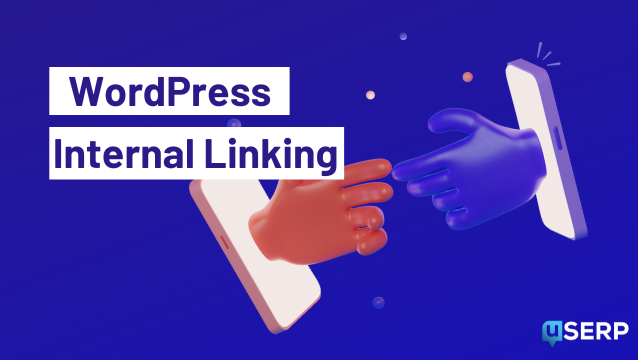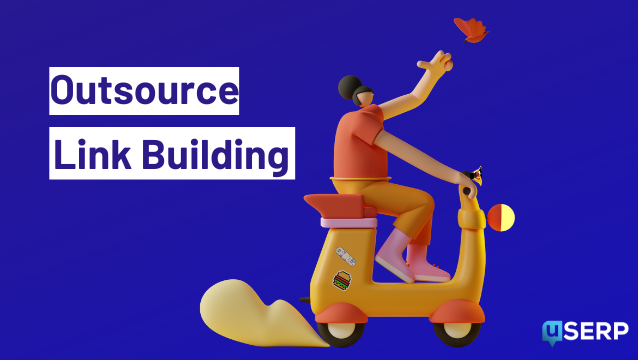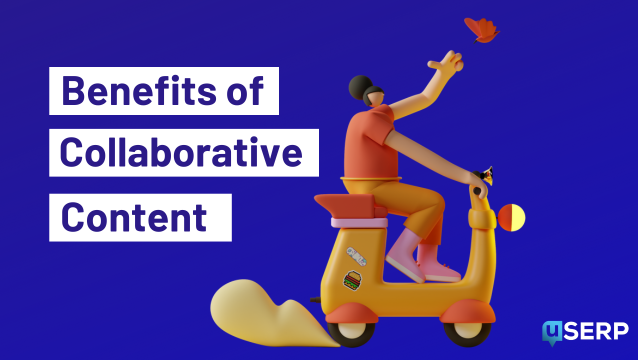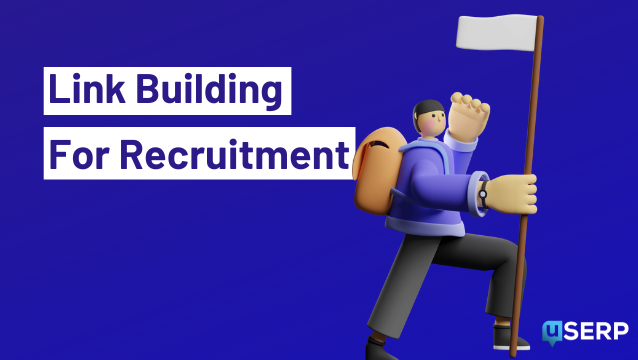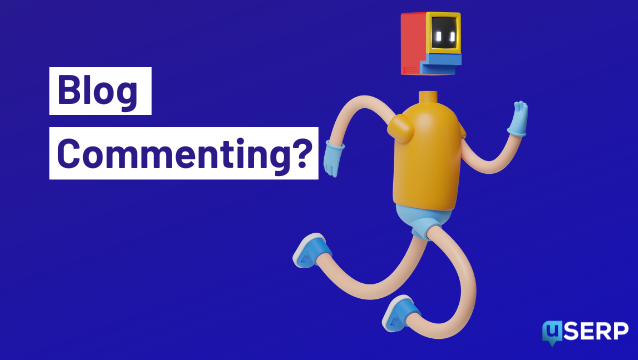Attracting your target audience when the noise of other hungry marketers surrounds them is no easy feat.
At minimum? It takes killer messaging. The right marketing channel. And most importantly, the right solution to their pain points.
But we marketers know that doing the bare minimum isn’t going to cut it in 2023 and beyond.
What’s really going to set us apart is hyper-personalized and value-driven content.
No fluff.
No gimmicks.
There are tons of value and supportive elements (looking at you, social proof!)
Enter: Demand generation marketing.
Demand generation marketing is pivotal to warming up a cold audience and nudging them along the marketing funnel.
That’s why today, I’m sharing a crash course in demand generation marketing, including what it really means, the benefits of using it, and how to create engaging demand generation content.
Read on to discover one of my favorite (and most used) marketing strategies.
What is demand generation marketing?
Demand generation marketing is about generating interest in your brand’s products and services and boosting awareness, as taught at universities that offer an online marketing degree.
When it comes to demand generation marketing, you’re not focusing on collecting contact details or formulating the perfect call to action for your latest gated content campaign.
Instead, you’re starting content marketing, growth marketing, and inbound marketing tactics.
And the reason for that is simple.
Demand generation marketing nurtures prospects at the top and middle of the funnel — not the bottom.
These leads either don’t know you, are curious about who you are, or are still getting to know you.
In other words, you haven’t earned enough trust to expect anything from them.
An easy way to remember or envision demand-generation marketing?
Think *free* content.
For instance, content you share via your blog, website, social media channels, and other marketing channels, all featuring a consistent brand graphic design that reinforces brand recognition and builds trust.
Like this piece I wrote on my blog about how to perform a backlink analysis:
Or these SEO tips I shared on LinkedIn:
You’ll also need to be strategic about where you feature your demand-gen content.
My audience is mostly B2B marketers, so I focus the bulk of my B2B demand generation effort on channels like LinkedIn, Twitter, my company blog, and my company newsletter.
I also guest post for other B2B blogs, attend podcast interviews if the channel is in alignment, and use link-building campaigns to boost organic traffic.
If you’re in B2B marketing or have clients that serve B2B buyers, you’ll definitely want to earmark the channels I listed above for later. Again, these are gold for demand-gen content.
And speaking of serving B2B buyers … if these are your people, I can’t say enough about sharing your demand-gen content on LinkedIn.
In fact, my LinkedIn reach has been 10x better than my Twitter reach, with 10% of the following. Of course, it’s still an untapped market, so if you’re in B2B marketing, don’t ignore this invaluable channel!
With these ongoing generation tactics, I’m consistently expanding my reach, building trust with my audience, and increasing my chances of virality.
And that’s all thanks to delivering free, personalized, and valuable content.
What’s the difference between demand generation marketing and lead generation marketing?
Demand generation marketing nurtures leads at the top and middle of the marketing funnel, while lead generation marketing nurtures leads at the bottom. Simple!
You know you have a successful marketing and conversion strategy when your demand-generation efforts naturally inspire your audience to crave more …
To ask for more information.
To hand over their content details.
And most importantly, to become an official customer.
And that’s where lead generation marketing, along with strategic lead distribution, trickles in.
With B2B lead generation marketing, you’ve established enough trust with leads that they’re now willing (and excited) to hand you their contact details in exchange for more information.
And that additional information comes in the form of gated content.
In other words, the lead has passed through the demand generation stage and entered your buying process. So it’s time to nudge them further along the funnel by creating epic gated content they can’t say no to.
For instance, in this example on Twitter, I shared seven copywriting tips to captivate my (established) audience’s attention:
And then, I followed it up with a specific call to action, nudging my followers to sign up for my email newsletter:
In this case, my “gated content” is the private marketing insights I only share via email with my newsletter subscribers.
Other times, my gated content might be:
- An ebook on how to perform a gap analysis is a lead magnet displayed on my site’s homepage
- A webinar invitation about how to start a link-building campaign added as a CTA at the end of a LinkedIn post
- An ultimate guide on how to master copywriting, available after opt-in on my top sales landing page
Your goal with gated content is to get a sale eventually. But don’t assume every prospect at the bottom of the funnel will be ready to convert immediately.
Consider breaking up leads into segments, like:
- Warm
- Hot
- Hottest
- Ready to convert
Then, tailor your CTAs and outreach plan accordingly.
For instance, a warm lead may not agree to attend your webinar if the CTA reads “sign up now.” But they may be willing to be taken to a testimonial page if the CTA reads, “see what other webinar attendees have said about our previous events.”
In any case, always consider each segment’s individual needs and comfort level before formatting your lead-gen CTAs and outreach plans. Another great practice is sending a thank-you message to those leads that convert.
Benefits of demand generation marketing
Whether you’re just starting on the scene or you’ve been around for decades, consistently engaging with your target audience is pivotal to scaling your brand (or the brand you’re marketing for).
As you intentionally deliver content tailored to solve prospect needs and pain points, you inevitably push leads through your funnel. Sending them down to the bottom creates conversion opportunities and builds meaningful customer relationships.
And that’s why demand generation marketing is so important.
It sets you up to win.
Successful demand generation campaigns can help you:
- Attract your ideal audience
- Stir-up brand awareness
- Make yourself known
- Build trust
- Demonstrate your value
- Prove that you care about solving your audience’s problems
- Position yourself as a consumer expert (B2C or D2C) or industry expert (B2B)
- Widen your reach
Let’s dive into a few of the major benefits in more detail:
Increased brand awareness
Demand generation marketing can help you increase brand awareness and familiarity by creating content, campaigns, and other marketing materials designed to reach a wider audience.
A strong demand-generation marketing strategy can be essential for startups or companies trying to break into a new market.
Lead generation
By encouraging your target customers to fill out a form or scheduling a call, demand generation marketing can help generate a high volume of leads for your sales teams.
Now you have a robust pipeline, which can help to increase your bottom line.
Cost-effective
Demand generation marketing often focuses on inbound marketing strategies such as content marketing and search engine optimization. These strategies can be 62% more cost-effective than outbound marketing strategies such as traditional advertising.
This cost advantage is further amplified by the increasing role of artificial intelligence (AI) in demand generation. AI-powered tools can identify qualified leads with pinpoint accuracy, personalize content and outreach based on user behavior, and automate repetitive tasks, all while minimizing wasted spend.
Demand generation marketing can help to generate leads and sales at a lower cost than outbound marketing. It manages this by focusing on reaching customers interested in your company’s products or services.
Say goodbye to Facebook ads and high credit bills for good.
A long-term strategy
Demand-generation marketing is a long-term strategy focusing on building long-term relationships with potential customers.
This strategy helps increase customer loyalty and lifetime value, which can lead to long-term growth for your company.
Measurable
You can easily track and measure your demand-generation marketing campaigns using tools such as Google and social media analytics and marketing automation software.
These tools allow you to see what strategies are working and make adjustments as needed, which can help improve your marketing efforts’ ROI.
But this can’t happen if you don’t create content gems with engaging headlines, a clean design, and the right message.
With that in mind, let’s look at how I create demand-generation content that moves the needle.
Checklist: Creating engaging demand-generation marketing content
Here’s my checklist for creating engaging demand-generation marketing content. While you may not always check every box, aim to check off as many as possible.
My demand generation content …
- Speaks directly to my target audience
- Aims to boost awareness, curiosity, and trust
- References some form of social proof, trust element, or relevant data point
- Features my value proposition and/or supports my company’s mission
- Has a specific goal
- Properly formatted and looks professional
- Backs up hard claims with reliable sources and/or personal expertise
- Solves audience pain points with tailored solutions
- Tailored to each audience segment
- Uses design, messaging, and style that’s on brand and captivates my audience
- Has a strong headline and hook
- Uses compelling storytelling
- Follows copywriting best practices
- Includes supportive images when appropriate
- Shares tremendous value my audience cares about
- Based on search intent and/or inspired by audience feedback
- Has a simple call for engagement (i.e., “retweet this,” “which tip resonated most?”, “what would you add to this list?”)
- Can break it up into gated content assets for use in lead-gen campaigns
Wrapping up
Demand generation marketing will forever be one of my favorite marketing tactics.
It’s simple to execute, stimulates consistent audience growth, and pushes leads through the marketing funnel — aka every marketing team’s dream.
When there’s a strategy you can use that has relatively low barriers to entry and an impressive ROI, you know you’re onto something (looking at you, LinkedIn marketing).
That’s why I encourage every marketer and entrepreneur I know to take their demand generation strategy seriously.
From writing blog posts based on search intent to sharing invaluable advice on social media, do yourself a favor: never underestimate the power of a strong demand-generation marketing strategy. You won’t regret it.
Sharing your expertise with your audience can bring in your dream clients. Trust me, it works.
- 5 SaaS Marketing Strategies You Need to Win Over Buyers - April 10, 2024
- Beehiiv Review: Worth the Hype? Tested on 10K+ Subscribers! - April 3, 2024
- Hone Your Craft in 2024 With These 6 Startup Podcasts - April 2, 2024

